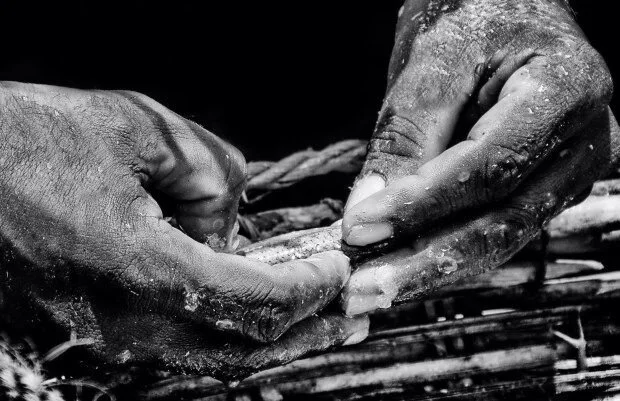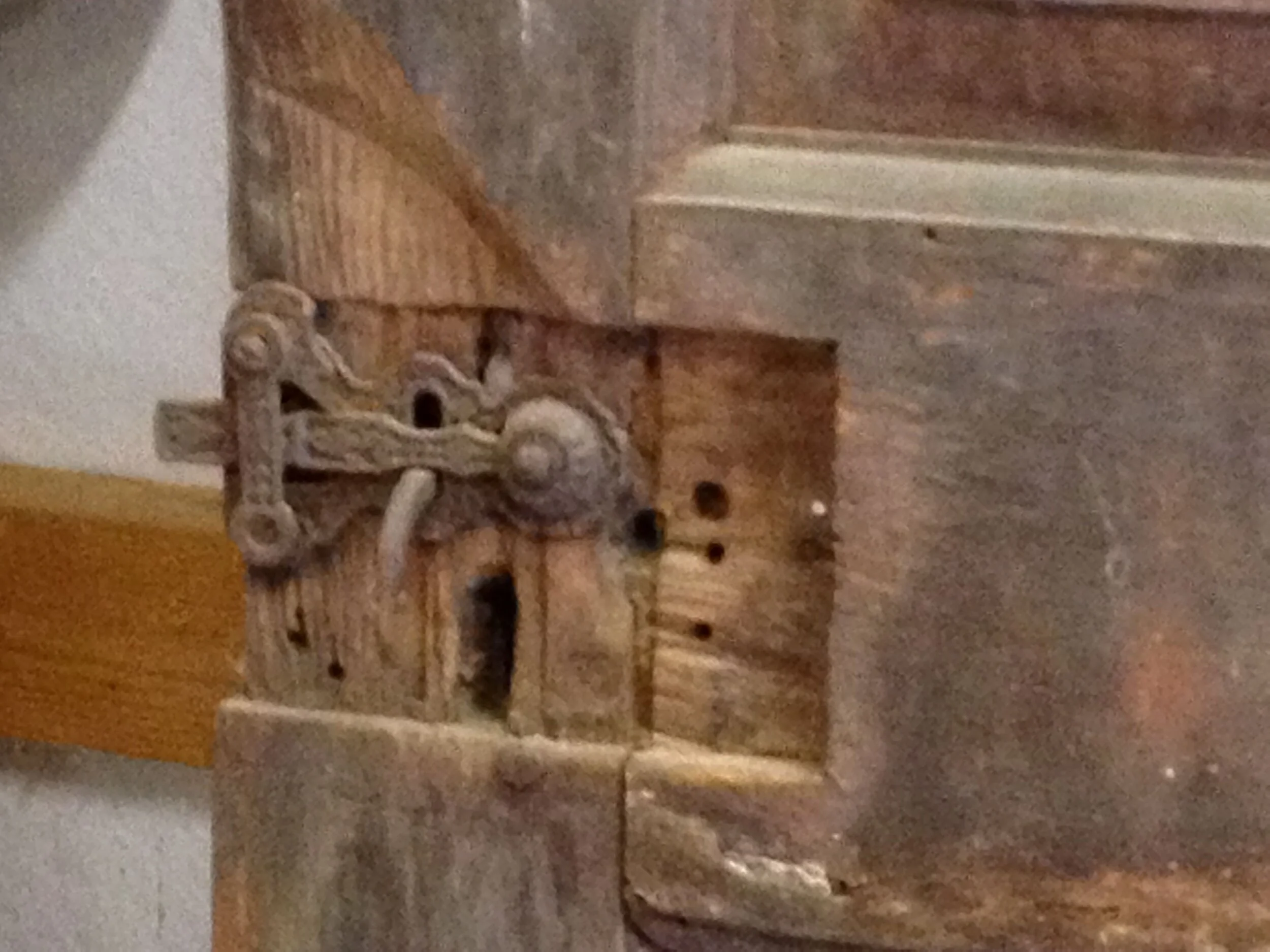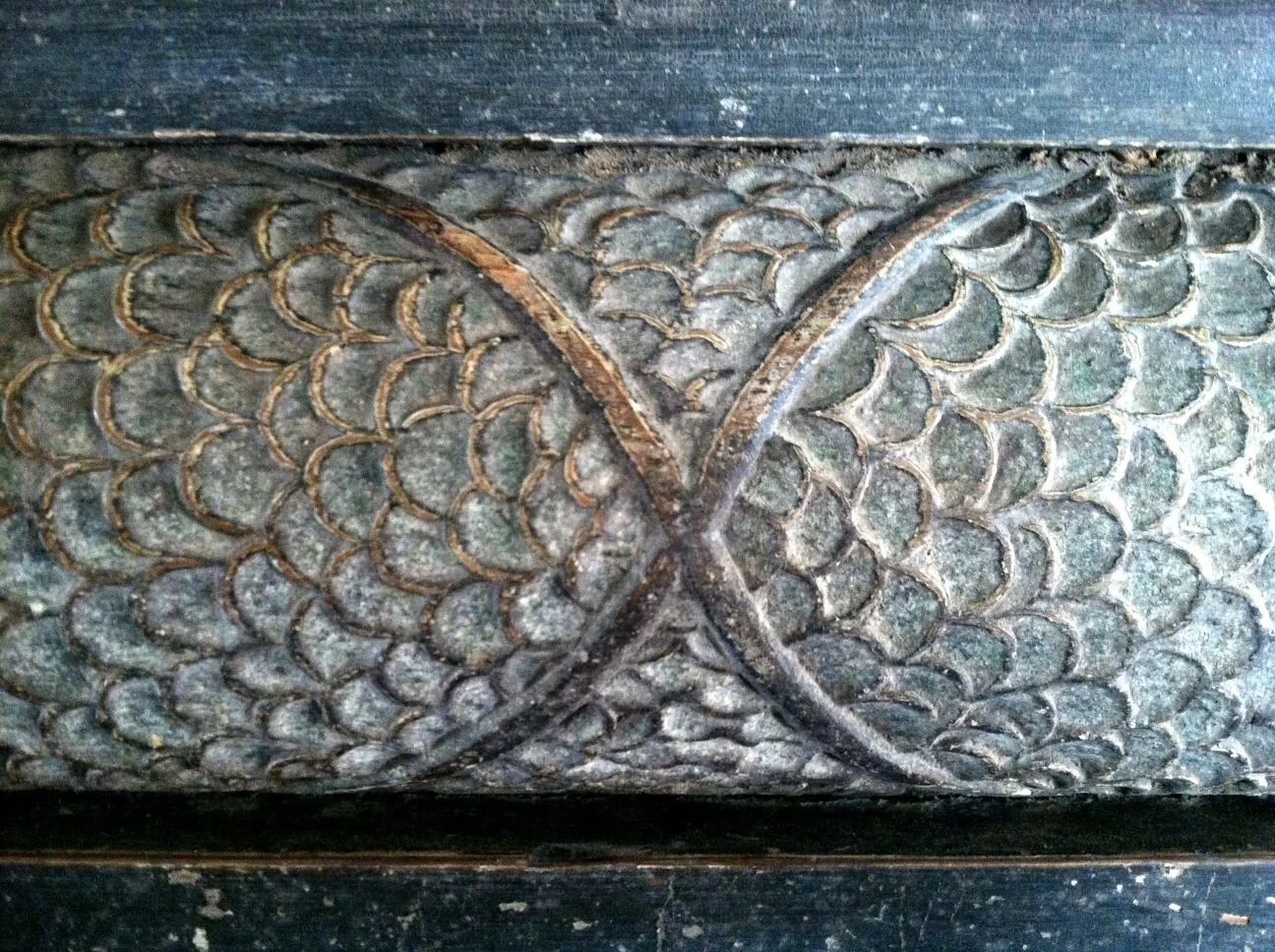Working on a Building: Craftspeople
by Alice French, Director of Education
This year, Menokin began talking about architectural preservation through a new series called Elements. For April, the focus was on bricks and this month we continue to expand on those conversations. A few years ago in 2017, several historians, preservationists, genealogists and staff attended the Menokin Sleepover Conference. During this weekend-long educational experience, participants explored the site, joined for a communal dinner and slept there under the stars in a tent! At this event we asked our community for new ways to tell the stories of Menokin, reflecting our mission of telling the stories of the builders of a democracy. We found new evidence in our archaeological records, and with thoughtful conversations- new ways to interpret the layers of the past to better understand our future. Following are excerpts from a few participants, and how Menokin since then, has begun to shape the experiences of these advisors into our interpretation with the public.
Frank Vagnone (above) reorganizes Menokin artifacts and other supporting documents with Joseph McGill (right) as they begin to sort the stories of Menokin.
Menokin Advisory Board Member, Frank Vagnone, spent time acting as a ‘guest curator’ to help us re-imagine how we use our collections of artifacts and woodwork to exhibit stories from this place. From Frank’s blog, Twisted Preservation, he began by posing questions about what to do with historical facts and artifacts? What makes something unique? “I am interested in those intimate, daily things that bound the objects and community into a cohesive and essential society. The real task is making memory tangible.”
Photo of hand-forged hinges and nails, with hand-carved wood panel behind, with sign stating “Gentle touching and handling of artifacts is encouraged.”
Overlapping the works of One Night Stand with Joe McGill’s Slave Dwelling Project, Menokin became the site for this rare collaboration. Frank wrote on his blog, “As we searched the archives, we pulled out nails, pottery shards, decorative molding pieces that showed the handiwork of the craftsman, and other tangential objects that could enable a consistent narrative of the enslaved at Menokin…How does one narrate a “behavior” or a “skill” versus a beautiful object or piece of architecture? [the end product]. For me, that was what Menokin was asking us to think about.”
Frank continues with this observation, “At a typical heritage site, all of this handiwork and skilled effort are hidden behind yards and yards of reproduction fabric, drapes, beautifully colorful paint, and warehouses full of precious furniture. But here, we have none of that. It’s bare and naked, with no beautiful affectations to cover its flaws and complicated history. How lucky we are to have Menokin to remind us that it is not the beauty of something that creates its value, but rather the story behind that beauty and the people who crafted that beauty…At Menokin, you have this opportunity, if you are looking and aware, to listen to the less active and vibrantly vocal narratives of the site. This site should be a place of pilgrimage for all of us who are seeking a deeper meaning to heritage and looking to better understand its intangible component. You truly will not find another place in which the veil between history and current experience is so thin.”
“This weekend seemed to me to be about…the acute awareness that, contained within Menokin’s ruins are the stories and fingerprints of a vast and deep history of our collective ancestral heritage. Intertwined between the white, Anglo land and slave owners and the enslaved populations is the vibrant and active narrative of life, death, bondage, freedom, decay, reconciliation and renewal. Just like the stabilization efforts to the building itself, we as historians need to gently and thoughtfully brace up what remains of the Menokin legacy and provide a platform for its viewing that brings us closer to the realities and humanity of the story.”
Joseph McGill places his hand in thefingerprints left by an enslaved brick maker.
Joseph McGill, founder of the Slave Dwelling Project, commented on the weekend after experiencing the many facets of Menokin’s ruin, archaeology and the landscape itself. He demonstrated how the fingerprints of the brickmakers at Menokin, still survive on the bricks of our ruin. “This rare and unusual method of the exhibition will give the public the opportunity to see how craftsmen applied their skills to build these structures. In some of the bricks, I found some fingerprints that were the evidence of our enslaved Ancestors contribution to the building of that structure. The storytelling of Dontavius [historical interpreter and chef] set the mood perfectly for the powerful conversation that followed. The following morning the… remainder of us concluded our weekend at the site with a roundtable discussion of what we experienced and ideas for moving forward. We concluded that what we had experienced was powerful. Menokin with all of its quirky uniqueness has great potential. Its greatness potential is its willingness to tell the stories of all of the people who once inhabited the property. Although the African American participation in the weekend’s activities was sparse, some did participate, and that is the important thing because that participation can and should be leveraged. We further concluded that whatever the future holds for Menokin, it should include the input of the descendants of the enslaved community. The Slave Dwelling Project will continue to do its part to help facilitate that process.”
Participants at the Sleepover Conference.
Participants at the Sleepover Conference
Additional guest blogger to the Slave Dwelling Project Lynda Davis added this response, “When I arrived at Menokin, a journalist asked me why I do the overnights with the Slave Dwelling Project. My answer included,…the four approaches of Coming to the Table: uncovering history, making connections, working toward healing, and taking action. To me, uncovering history means facing and feeling the truth of history instead of denying it or believing the myths we were taught in school. As James Baldwin said “not everything that is faced can be changed, but nothing can be changed until it is faced.”
Idle time was not a part of Slave Labor but repetitive work did provide time for the mind to think, plan and dream. What were these thoughts? A few things come to mind: 1. the pride in their own act of craftsmanship, 2. the power that comes with this knowledge and 3. meditating on the ways to secure one’s freedom. The value of this work is demonstrated by the enslavers need to steal, through bondage, competent sewists and potters and cooks and builders. It’s important to understand that these skills also gave “agency” to the maker. They could use this artistry to barter, and to resist or defy the order, because it was something they could control and often did.
These observations, directed Menokin’s programs to expand its experience of making. From teaching skills at Building Arts workshops to teaching brick making and other arts on Makers Day. Intrinsic to participating in these skills is a value for the process, time and knowledge required. We continue to expand our knowledge about the lives at Menokin and by working with artists/artisans are broadening this interpretation through networks which connect these legacies regionally and around the world.
Road across Menokin grounds.












